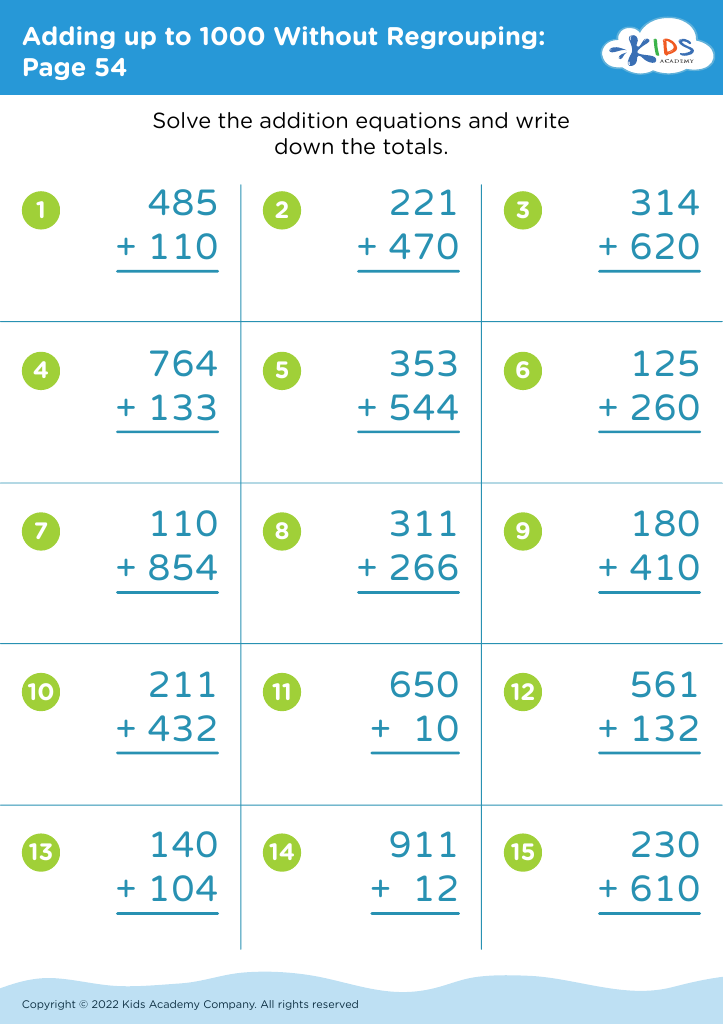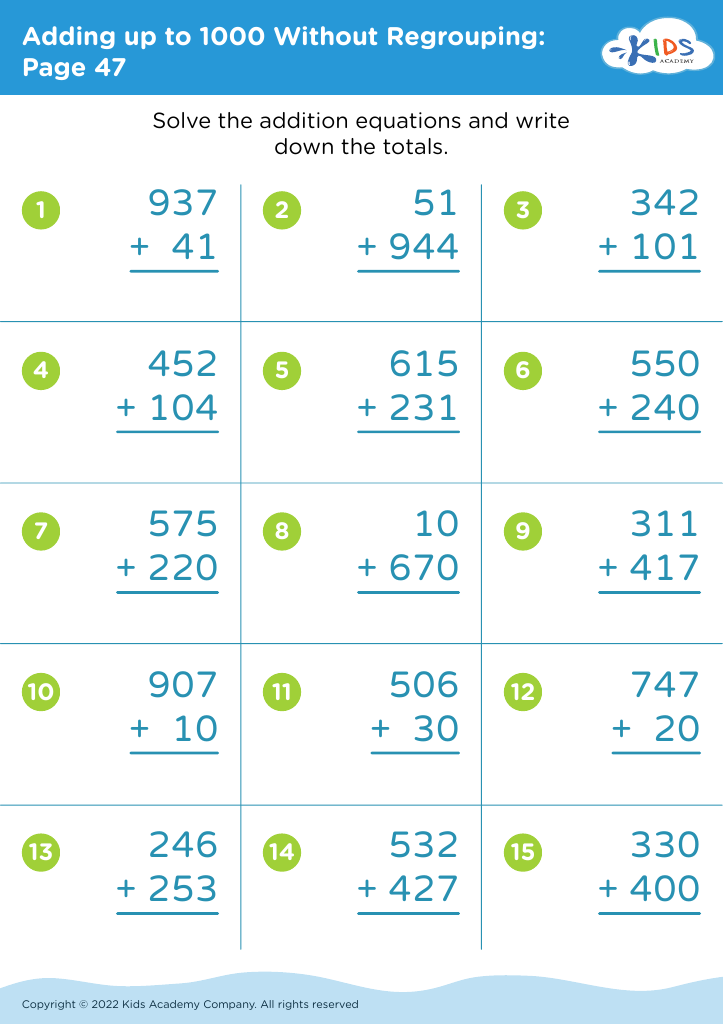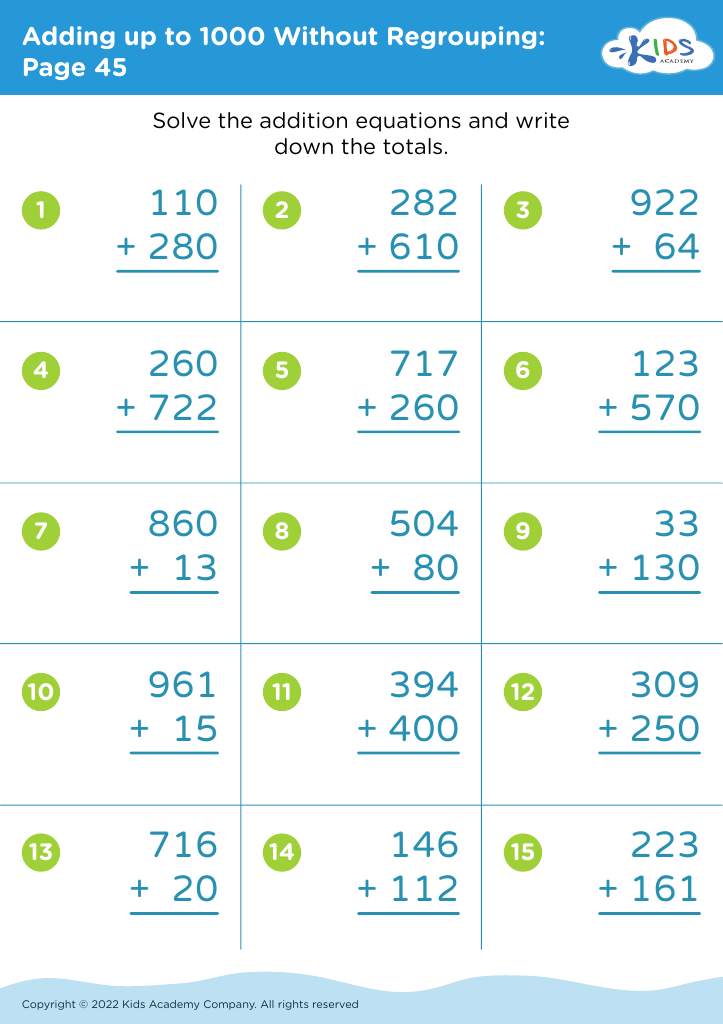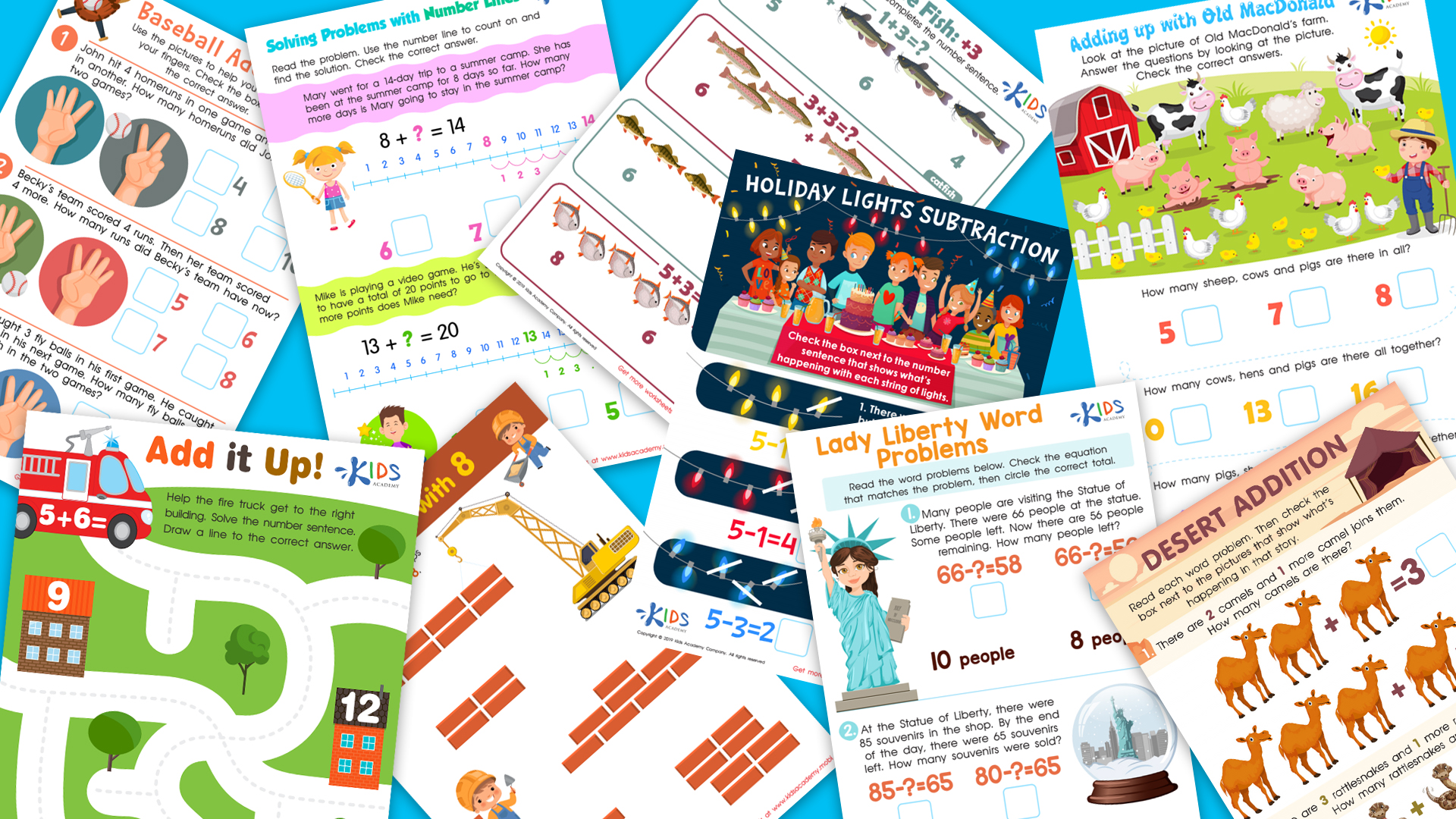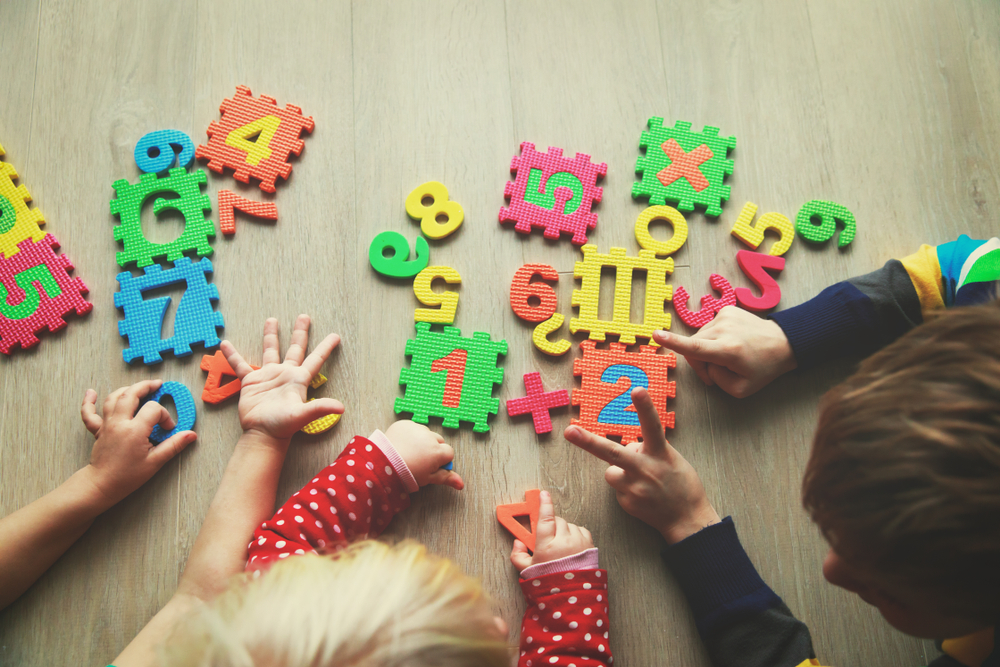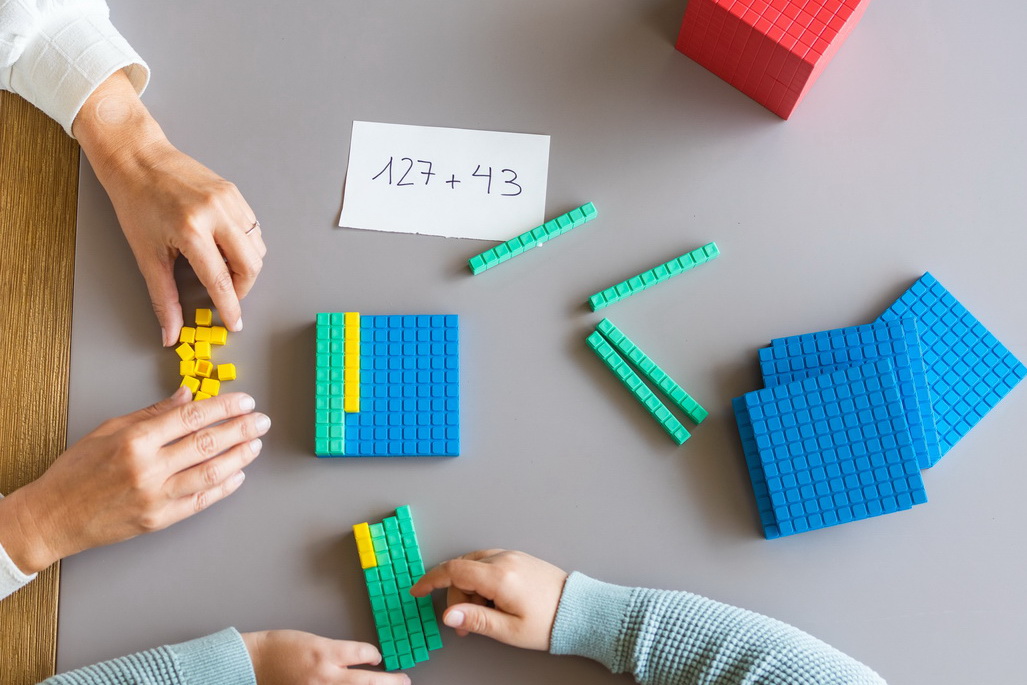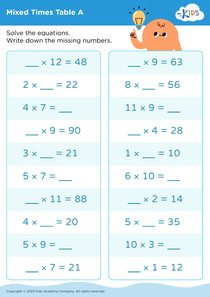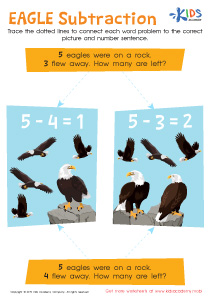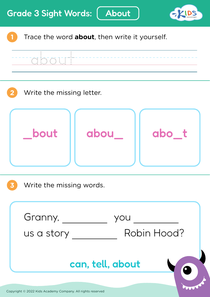Understanding division Grade 3 Addition Worksheets
3 filtered results
-
From - To
Introducing our "Understanding Division Grade 3 Addition Worksheets" - a comprehensive resource designed to make division easy and fun for third graders. Our unique worksheets blend captivating visuals with engaging problems to help students grasp division concepts effortlessly. Through a variety of exercises, children will strengthen their basic division skills, sharpen their mathematical thinking, and build their confidence in solving division problems. These worksheets are perfect for in-class activities, homework, or additional practice, and cater to diverse learning styles. Unlock your child’s potential in math with our interactive and educational division worksheets. Download now and watch them succeed!
Understanding division is fundamental for third graders because it forms the basis for many future math concepts. For both parents and teachers, helping students grasp this topic is crucial. Division has practical implications in daily life, enabling children to solve problems such as sharing equally or distributing items fairly. This skill fosters logical thinking and problem-solving abilities.
Moreover, a solid understanding of division enhances cognitive development by building on prior knowledge of multiplication and addition. When students understand that division is the inverse of multiplication, they see the interconnectedness of mathematical concepts, which strengthens their overall math proficiency.
For teachers, incorporating division into lessons allows for a more comprehensive math curriculum. It also provides opportunities to introduce students to word problems, enriching their reading comprehension and analytical skills. Teachers can create engaging activities where children practice division through games or real-life scenarios, making learning more enjoyable and effective.
Parents, on the other hand, play a pivotal role in reinforcing school-taught concepts at home. By understanding division themselves, parents can offer better homework support, encourage math-related discussions, and demonstrate the real-world applications of math.
Ultimately, prioritizing division learning in Grade 3 lays a strong foundation for future academic success, making math more accessible and less intimidating as students advance to higher grades.
